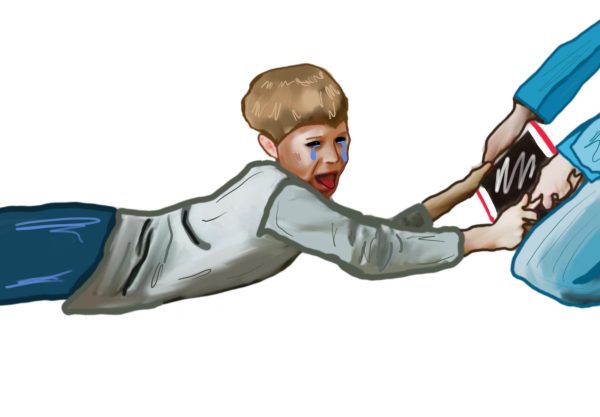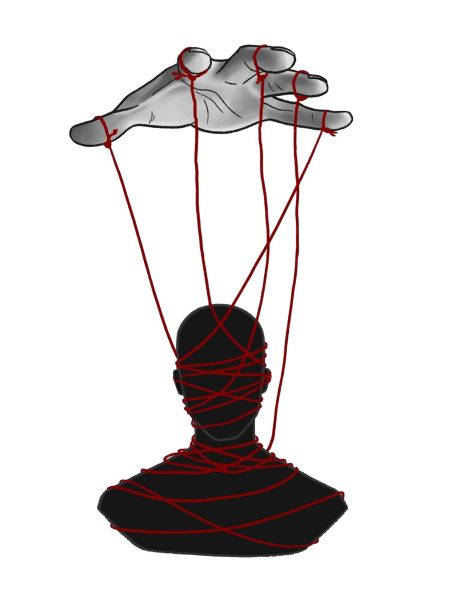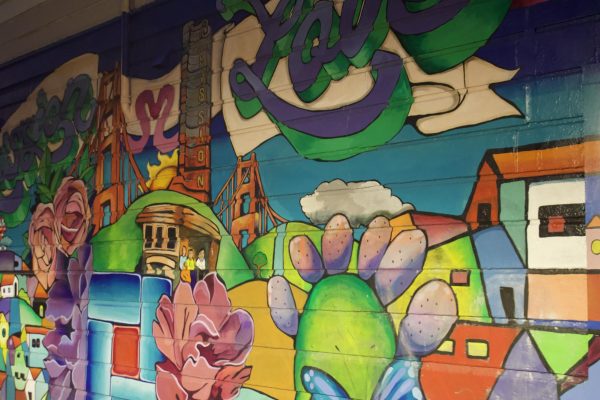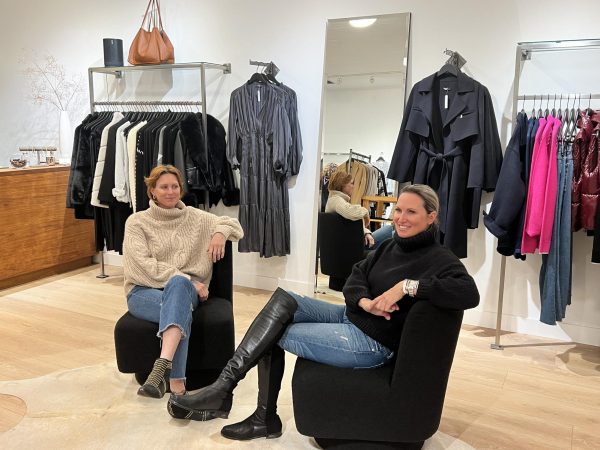Stuck between two worlds: The struggle of assimilation in Marin
April 1, 2022
The concept of racial ambiguity is relatively new to the overall understanding of race in modern times. Writer Ariane Resnick defines racial ambiguity as a person whose racial background is not easily identifiable or when one does not appear to be monoracial, of one race. According to the Pew Research Center, due to the 15.1 percent increase in interracial marriages as well as immigration over the past 50 years in the U.S., over 6.9 percent of the nation’s adult population is multiracial. Multiracial Americans are often perceived as racially ambiguous due to their differing physical and cultural features that stem from various races and backgrounds. Many have reported that racial ambiguity may put pressure on both multiracial people as well as Black, Indigenous and People of Color (BIPOC) to assimilate into predominantly white society. Stated in a 2018 research article from Princeton University, “racially ambiguous or mixed race individuals [can] change or choose the racial identity group with whom they align with … They can assimilate to mainstream, white culture, they can assimilate to the culture of their minority identity or they can create a new identity that is distinct from both white culture and their minority identity.”
Internal identity conflicts can worsen when a BIPOC lives in a predominantly white area like Marin County. According to a March 2022 Bark survey, 16 percent of students feel the need to racially assimilate into the white standard to experience a sense of belonging. Racial assimilation can range from more aggressive forms, such as cultural conversion, to micro-forms, like a multiracial student shying away from sharing cultural experiences outside of their homes.

Junior Izzy Gonzales identifies as both Latina and white and has experienced the effects of racial ambiguity while also struggling with the pressure to fit into the white stereotypes of Marin.
“In Marin, it’s a lot easier to identify more with the white side, especially because my mom is white and because [most people in Marin] are white. Living here made me have to seek out my cultural identity on my own; it wasn’t [something] embraced in schools,” Gonzales said. “It’s especially hard when most students are white, and you end up having more white friends — it causes you to assimilate. That’s the easiest way to get through [life].”
According to Mental Health America, among the BIPOC that took a mental health screening, people who identified as multiracial were more likely to screen positive or at-risk for alcohol and substance use, anxiety, depression, eating disorders and psychosis.
Multiracial individuals also face more behavioral health problems than their monoracial peers. Mental Health America stated in 2020 that “[multiracial people] face unique stressors and often find that it is difficult to connect with others. Even among multiracial people, their experiences are so unique that talking with other multiracial people can feel disjointed, and there can be a failure to connect.” This lack of connection and personal identity is also known as imposter syndrome, which can force individuals to doubt their achievements and intentions regarding racial identity.
While sophomore Sarani Puri is not multiracial, identifying solely as Indian, she still has a feeling of imposter syndrome while living in Marin. Puri struggles with the stereotypes placed on Asian Americans, typically labeled as smart and overachieving students.
“Teachers kind of expect the Indian or Asian students to be raising their hand at every question and to get an A on every test. Whether they say it or not, it’s a known thing. You can feel it,” Puri said.
These stereotypes placed on Asians, known as the model minority myth, depict Asian Americans as more socioeconomically successful than the rest of the population. According to a 2017 National Public Radio article, “Many white people have used Asian Americans and their perceived collective success as a racial wedge. Minimizing the role racism plays in the persistent struggles of other racial or ethnic minority groups — especially Black Americans.”
This perception heavily impacts Puri’s relationship with her schoolwork and academic achievements. She has even felt pressured not to pursue an interest because it was too stereotypical.
“When I do well on a test, it’s expected; it’s not because I studied hard. It’s biological: because I’m Indian, I’m inherently smarter. It sometimes takes away from my accomplishments,” Puri said. “Not trying to be the super loud, super-smart Indian that’s a geek and nerd [limits me from performing] to my full educational potential.”
Puri has always lived in a white community. Before moving to Marin, she grew up in a predominantly white neighborhood in New Jersey. Being one of the few minorities within white spaces has only elevated Puri’s external and internal pressure to conform.
“[I feel the pressure to assimilate] in everything I do, even in the clothes I pick out to wear every day … or how often I speak in a class. I’m always subconsciously thinking about not standing out more than I have to,” Puri said.
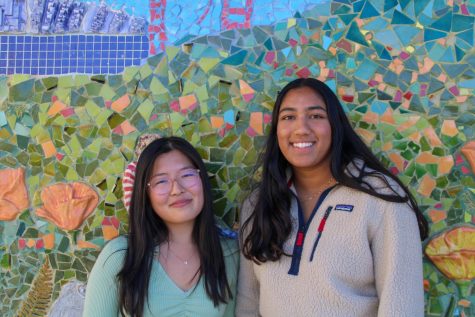
Both Gonzales and Puri feel that assimilation can become a double-edged sword when a BIPOC is stuck between their two identities and simultaneously submits to the standard of whiteness. Some POC may face backlash from their community and family for being “whitewashed.”
Senior Natalie Oh, who identifies as Korean American, has felt this struggle throughout her life. Oh has tried to find where she fits between her two identities, choosing between being herself while still trying to avoid stereotypes.
“When you’re a child of immigrants, you have a part of yourself that wants to be more Asian when you are with your family,” Oh said. “It’s interesting thinking about feeling too Asian or too white depending on who I’m around. At school, I used to feel too Asian, and at home, I would feel too white. I’ve learned to just be fine with who I am now and find things I like in both worlds.”
While Oh was able to find confidence in her racial identity through self-reflection and acceptance, this level of growth and maturity is not easy for everyone. Redwood, having a homogenous student body, with 73.6 percent of students being white, causes students like Oh to feel the need to acclimate due to the lack of diversity.
Gonzales recognizes this problem among herself and her peers within different school clubs and organizations. She believes the solution to these issues is to promote more multiracial-representation.
“We need more students of color as leaders because it’s a very weird situation when you have a lot of white students as leaders for students of color[in classes like SLAM]. Affinity groups, [groups formed around a shared interest or common goal,] are really important because that’s where you can find people who actually relate to what you’re saying,” Gonzales said. “One of the biggest [problems within Redwood is not having] faculty of color. With this opportunity to get a new principal, I think getting a principal of color would be really beneficial for the students of color at Redwood.”
Gonzales believes that the solutions that she and others rally for are important in making the BIPOC within our community feel more welcome and safe. She echoed that raising awareness of racial assimilation and the issues that follow is crucial to constructing a better environment for BIPOC in the future.










